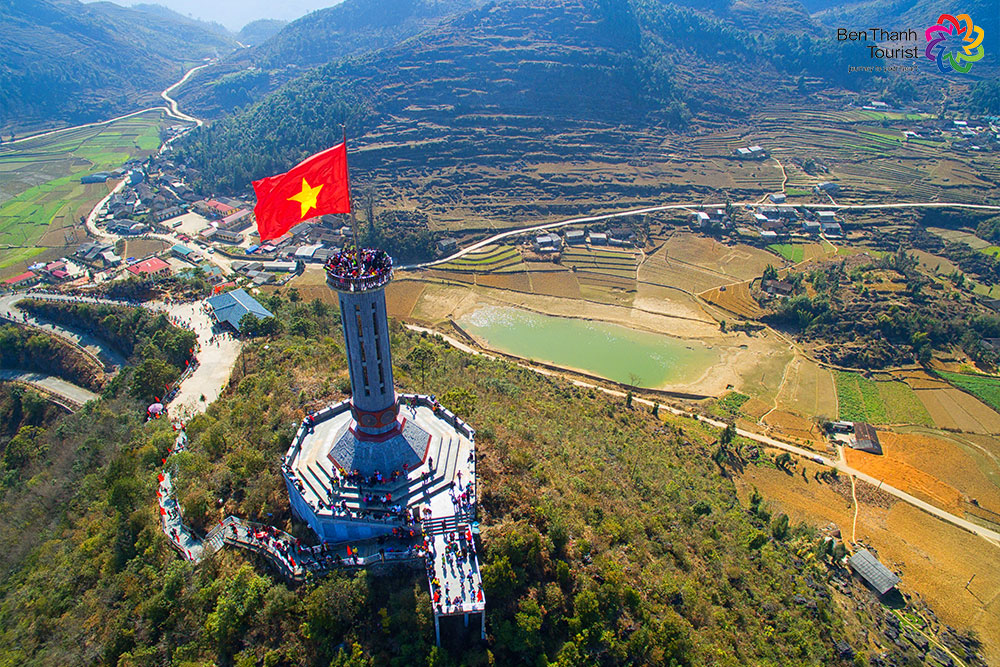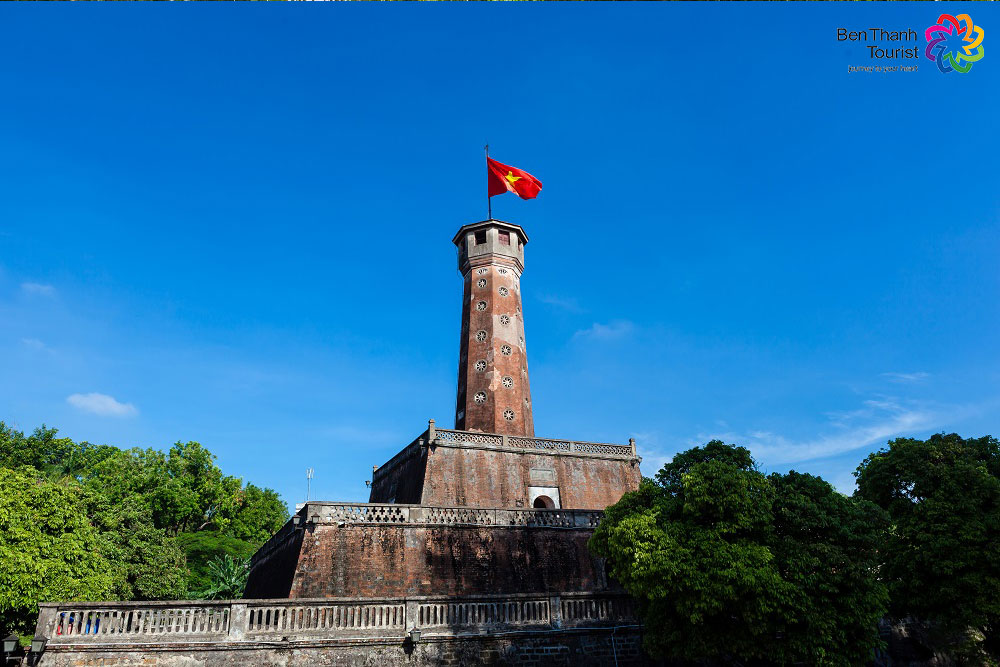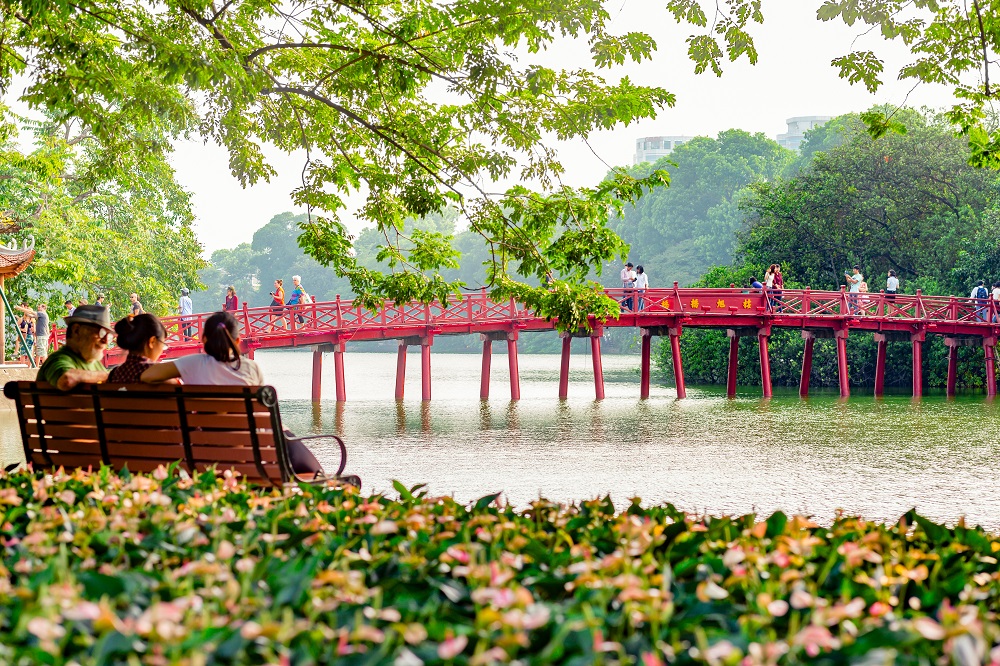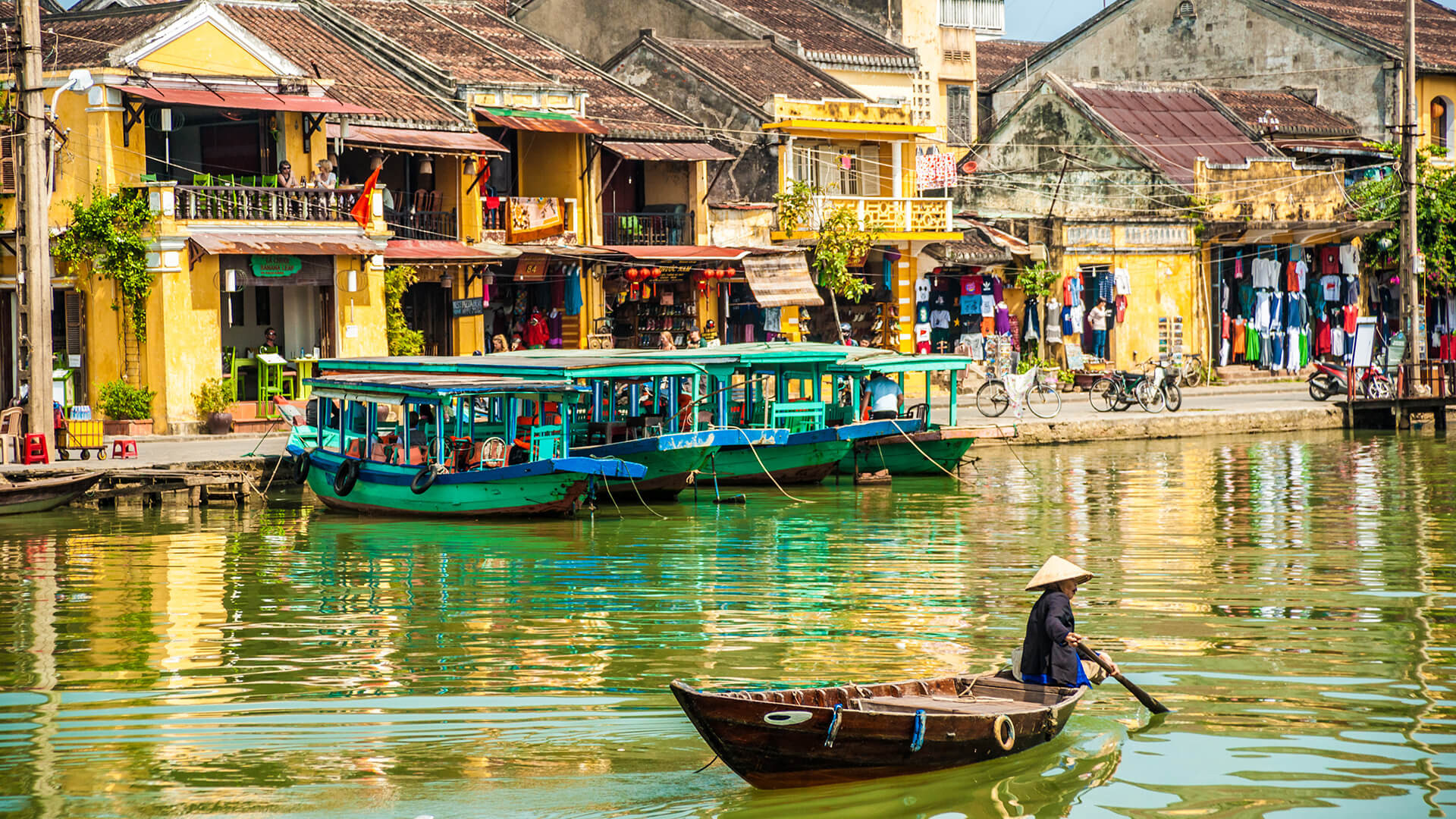Vietnam’s flag – A hallowed symbol
Vietnam’s flag called “Red Flag - Golden Star” first officially appeared when Vietnam proclaimed independence from the French on September 2nd, 1945. During the Vietnamese-American war, Vietnam’s flag was only used in the north of Vietnam. The “Red Flag - Golden Star” again became the National Flag of the Social Republic of Vietnam in 1976 after the Vietnamese-American war ended and the North and the South became unified.
There are five famous flag towers in Vietnam. They are also hallowed pictures of Vietnamese sovereignty. Lung Cu flag tower is located on the peak of Dragon mountain in Ha Giang—the northernmost province of Vietnam. Similarly, the flag tower in the Truong Sa island district, Khanh Hoa province, is a poignant and powerful symbol of Vietnamese sovereignty on the sea border.

The Ha Noi flag tower located in Ha Noi, the capital of Vietnam; the Nam Dinh flag tower established in Nam Dinh, a province in the Northeast; and the Hue flag tower in front of Hue palace were all built at the beginning of the nineteenth century by the Nguyen Dynasty. Each one is also a famous architectural wonder in the list of Vietnamese cultural heritages.

At Ho Chi Minh mausoleum at Ba Dinh square (Ha Noi), people can learn the national ceremony of hoisting and lowering Vietnam’s flag, carried out every morning and evening. This event has become a touching moment in the hearts of many Vietnamese.

Vietnam’s flag is a hallowed national object. Anyone who treats the flag dishonorably, such as tearing, trampling, or soiling it, will be committing a serious crime, “desecrating the national flag”, according to the Vietnamese penal law.





